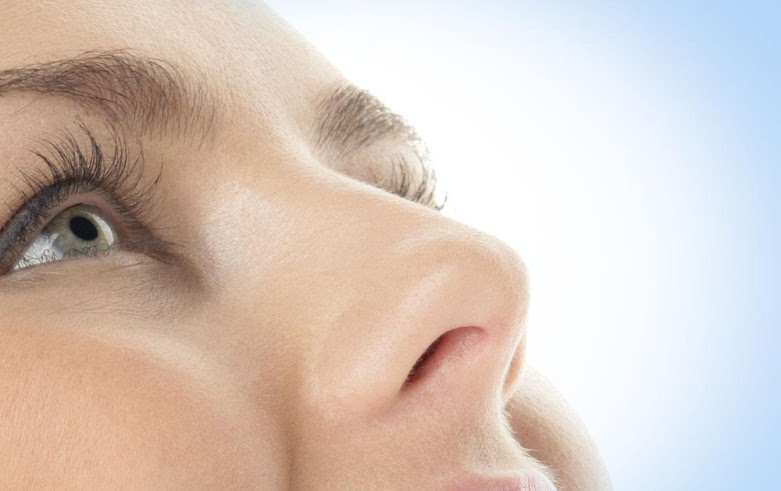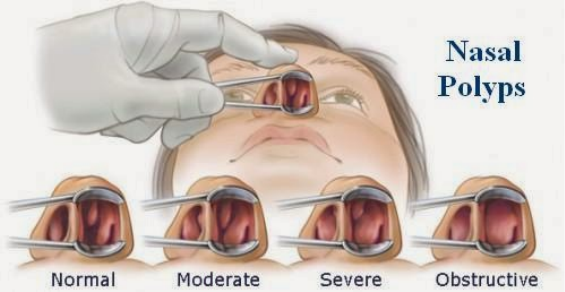How to Treat Nasal Polyps Naturally ?

Nasal polyps, a chronic inflammatory disease of the nose and sinuses, are characterized by the presence of nasal obstruction, watery rhinorrhea (anterior), postnasal drainage (posterior), decreased sense of smell, and/or facial pain/headache. Approximately 4% of the general population in Europe is estimated to be affected by nasal polyps, with patients experiencing reduced health-related quality of life (HRQoL), in areas including their general health, physical functioning, emotional well-being, social life, and sleep. Standard-of-care treatment for nasal polyps includes intranasal, oral, and injectable corticosteroids and polypectomy sur¬gery, each of which can be associated with side effects and risks. Although intranasal corticosteroids are generally beneficial for the management of the symptoms associated with mild or small nasal polyps, short-term courses of systemic corticosteroids are often needed to reduce inflammation and nasal polyp size, allowing better penetration of ...




